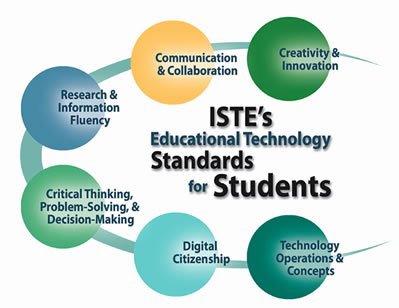Our guest blogger is Faye Hicks-Townes, a faculty member in Teacher Education.
I was a participant in the Summer 2013 Summer FIT. Initially I was overwhelmed with the sheer number of available apps. Although I must admit I was impressed with AirSketch when I first saw it. I wasn’t certain how I would use it in class, but I was attracted to the freedom it provided. I could present, discuss, and highlight material without being tethered to the computer. I have used AirSketch in two types of assignments, a primary source analysis paper and in-class assignments requiring visual representations.
I am teaching a class that requires the use of primary documents for a writing assignment. Students are required to read and interpret primary source materials to respond to questions on the history of education in Charleston and the Lowcountry. To help introduce my students to this type of material and I wanted to work with them as a group to facilitate discussion. AirSketch fit this role perfectly. The primary documents the students are using are located at the Avery Center and available on line in digital format. I was able to download some of the material to use in class. The material includes diaries, interviews, and minutes. Many are handwritten. After downloaded examples, I was able to take pictures of the documents to share with students by using AirSketch. To use AirSketch, I just had to open the app and type in the displayed URL into the computer in the classroom. It was very easy and quick. I then chose the document that I wanted to use. Once I had the document up on the screen, I could walk through it with my students. It was also easy to select a writing tool to highlight or circle specific information for discussion. As the students asked questions or responded, I was able to give them my tablet so that they could also highlight or circle information. The students did not have to get up from their seats and go to the front of the class. They could respond, ask questions, or discuss while highlighting or even writing on the material on the screen. I liked being able to focus on sections of documents by highlighting and circling. The students and I had clarity throughout the discussion and were able to easily address areas of concern.
Using the iPad’s camera and mini scan was easier than making copies for students and it was very useful in facilitating discussion. The students were more involved and I found it easier to interact with them.
I plan to continue to use the app for classroom presentations. It is very easy to use and that’s definitely a plus for me.
This spring I have also begun to use AirSketch for classroom activities. When we discuss philosophies, theories, and perspectives, I often ask students to create a visual representation of their views or their interpretation of others’ views. For instance, I may ask them to create a visual of behaviorism or progressivism. In the past I have used ELMO to display these visuals. It was a hit or miss. Sometimes it worked well, other times, not so well. Now I have begun to use AirSketch. I can take a picture of the student’s visual and display it. The student can, from his/her seat, discuss the visual, and even make changes as the discussion continues. The students do not have to present from a finished product. They can create as they explain their thoughts. I have found that some students are more comfortable sharing when they do not have to stand before the class.
I am pleased with AirSketch because it is easy to use and an effective tool for discussion and presentation. I’m certain I will continue to find uses for it in my classes. The only drawbacks I have experienced now are not being able to zoom in on sections of the pictures. At least I haven’t found out how to. I would also like to be able to use the keyboard instead of the pen. Overall, AirSketch has been a useful addition to my class.



